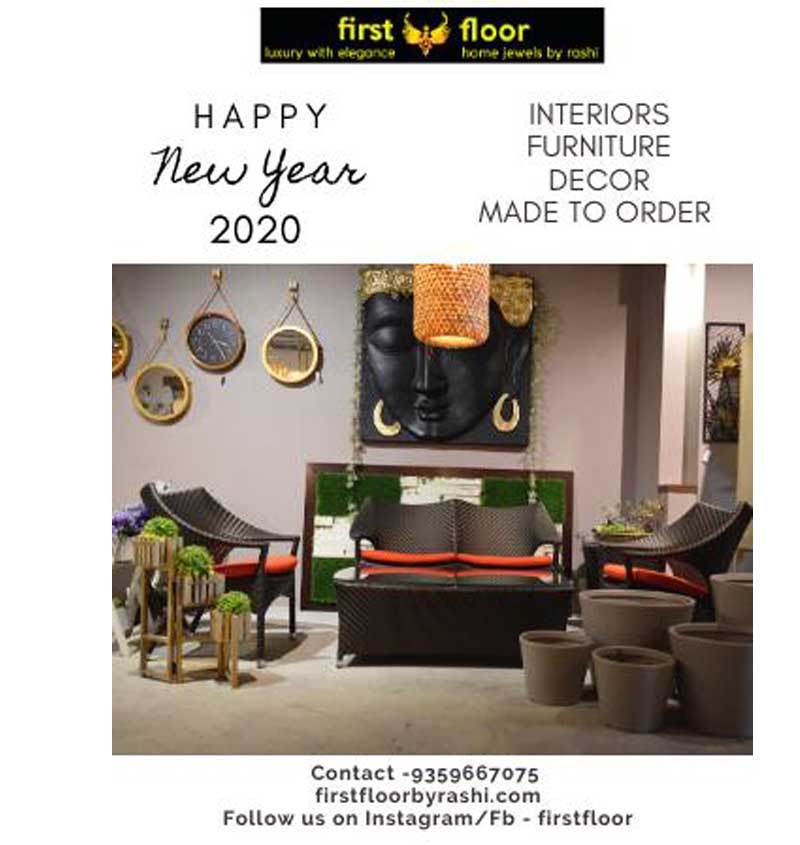Why Wellness-Focused Design Matters
Interior environments have a direct impact on our psychological and physiological health. Research shows that the design of a space—its light, layout, color, texture, and even scent—can influence:
-
Stress levels
-
Sleep quality
-
Focus and productivity
-
Emotional regulation
-
Physical energy
By intentionally designing for wellness, we create homes that do more than look good—they actively contribute to a healthier lifestyle.
1. Let There Be (Natural) Light
Exposure to natural light supports our circadian rhythms, boosts mood, and improves sleep.
Design Tips:
-
Maximize daylight by using sheer curtains or removing heavy window treatments.
-
Position workspaces and reading areas near windows.
-
Use mirrors to reflect and amplify natural light in darker spaces.
-
Choose full-spectrum or warm white artificial lighting when natural light is limited.
2. Choose a Calming Color Palette
Color profoundly affects our mood. While preferences vary, certain tones consistently promote peace and clarity.
Wellness-Enhancing Colors:
-
Blues and Greens: Evoke nature, tranquility, and stability.
-
Soft Neutrals: Whites, beiges, and taupes encourage openness and relaxation.
-
Pale Pinks and Terracottas: Offer warmth and gentle energy.
Avoid overly saturated reds or stark contrasts in restful spaces like bedrooms or meditation areas.
3. Declutter and Simplify
A cluttered space can lead to a cluttered mind. Organization plays a key role in reducing anxiety and enhancing focus.
Design Tips:
-
Incorporate closed storage (like cabinets or baskets) to hide visual mess.
-
Embrace minimalism by choosing quality over quantity in decor.
-
Use multifunctional furniture to maintain an open, breathable layout.
4. Bring Nature Indoors
Biophilic design—integrating natural elements into interiors—has been shown to lower blood pressure, reduce stress, and increase creativity.
Ways to Embrace Nature:
-
Add indoor plants like snake plants, pothos, or peace lilies.
-
Use natural materials: wood, stone, rattan, cotton, and linen.
-
Incorporate water features or imagery of natural landscapes.
-
Choose nature-inspired patterns and organic shapes in decor.
5. Prioritize Air Quality and Comfort
A healthy home is a comfortable, breathable one.
Wellness Essentials:
-
Invest in air-purifying plants and HEPA filters.
-
Choose low-VOC paints and sustainable, non-toxic materials.
-
Maintain proper ventilation, especially in kitchens and bathrooms.
-
Use comfortable textures—plush rugs, soft throws, ergonomic furniture.
6. Create Zones for Rest, Focus, and Joy
Designate specific areas in your home to support different emotional and mental states.
Examples:
-
A cozy reading nook for unplugging and reflection.
-
A tech-free bedroom with soft lighting for better sleep.
-
A creative corner for painting, music, or journaling.
-
A workspace with good lighting and minimal distractions for concentration.
Zoning creates structure and helps your mind shift gears more easily throughout the day.
7. Incorporate Mindful Decor
The objects in your home should spark joy, connection, and calm—not overwhelm or distract.
Try This:
-
Display meaningful art, travel mementos, or family heirlooms.
-
Use candles, diffusers, or essential oils to create soothing scents.
-
Include textures that invite touch—like velvets, knits, or natural wood.
-
Limit screens and digital clutter in communal or calming spaces.
8. Sound and Silence Matter
Noise pollution can increase stress, while a balanced acoustic environment can boost tranquility.
Tips for Better Acoustics:
-
Use soft materials like rugs, curtains, and upholstered furniture to absorb sound.
-
Add a white noise machine or calming playlist in quiet zones.
-
Incorporate soundscapes—like trickling water or nature sounds—for meditation or sleep.
Final Thoughts: Design for How You Want to Feel
Wellness design is personal. It's not about following trends—it's about crafting environments that nourish your body and mind. By aligning your space with your needs for rest, creativity, focus, and joy, you create a sanctuary that supports who you are and who you want to become.
In the end, the most beautiful room isn’t the one that’s the most decorated—it’s the one that helps you breathe deeper, think clearer, and live better.



















Your Message